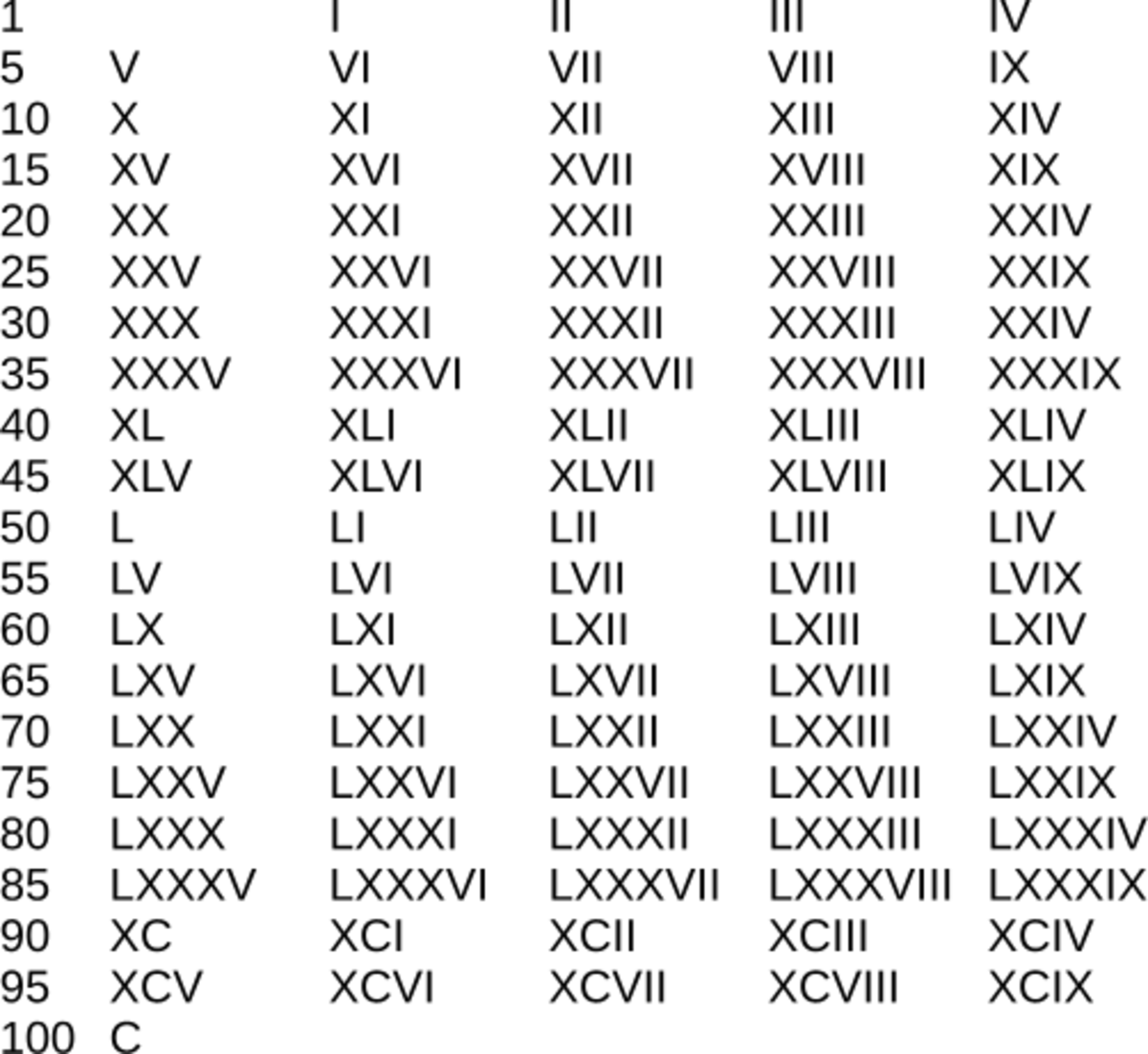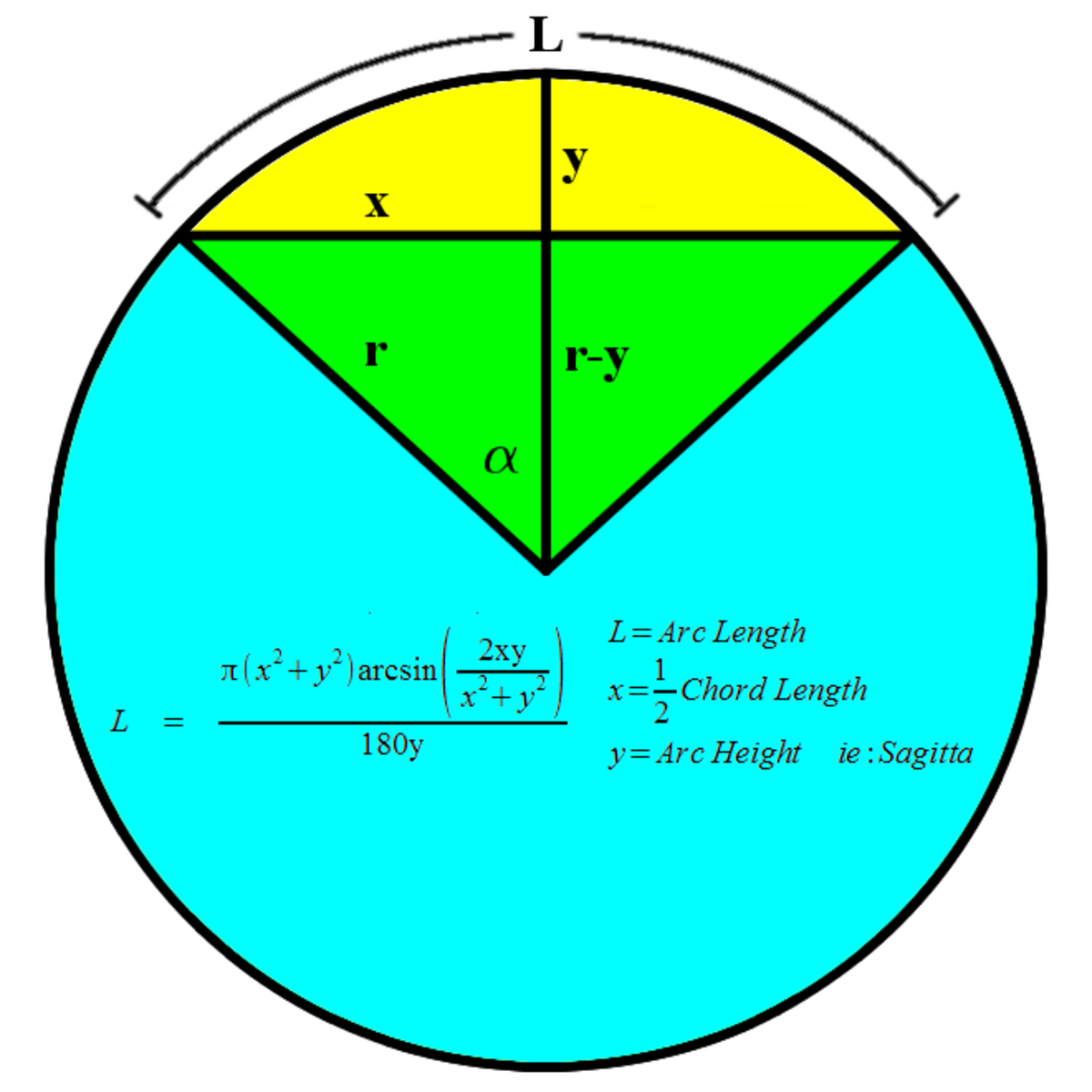Explorations in Mathematics: What are irrational numbers?
How Did This All Start?
A short while ago someone asked me about number systems and theory. They were particularly interested in imaginary numbers so I put together a short article which demonstrates how imaginary numbers are very real. It can be found at A Demystifying Mathematics Series Topic: Why "Imaginary" Numbers are Important to Everyone. One thing led to another and a question about zero arose so I wrote another article Explorations in Mathematics: The Origins and Use of Zero which covered some of the basics but is deserving of at least one more follow-on.
That discussion led to one which included: negative numbers, fractions, decimal numbers, other numbering system and both rational and irrational numbers.
By the way both π and e are special cases of irrational numbers known as transcendental numbers as they lack another property in that they cannot be expressed algebraically. (But more on that later)
Squaring the Circle
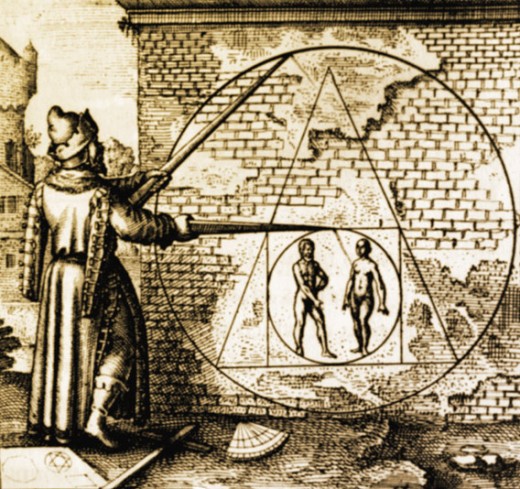
What is π (pi)?
In the simplest of terms, pi (written as the Greek letter π) ratio of the circumference of a circle to its diameter. The letter π is the first letter of the Greek word perimetron which means perimeter. The Greek small letter delta, δ was chosen for the diameter, the Greek word being diametron.
Early geometers were baffled when it came to stating what was the exact value for pi. Archimedes (287 B.C. - 212 B. C. worked out example after example in trying to determine its value. He started with a an equilateral triangle touching the points on the circumference of a circle. Solving the area that triangle encompassed was very easy. For a unit circle, the value comes out to be 3 times the square root of √3/2. This value of 2.59 is rather a low one for π which stands to reason because the triangle is physically smaller than the circle. Archimedes continued to work with polygons. His most painstaking example was a polygon of 96 sides inscribed in a circle for which he determined a value of π of just less than 22/7 or 3.141851....less than 1/10th of one percent from its true approximation.
The Constant e
The constant e

Defining the Irrational
So far we have seen that both π and e are constant values which we can only approximate. So why do we call them irrational? The simple definition (and it really is simple is) to remember the following:
An irrational number is a real number but one which cannot be simply written as a fraction.
In other words a number like 0.20 is rational because it is a real number and can be represented by the fraction 1/5. 18 is a rational number because it can be written as 18/1.
Here's the kind of number which sometimes trips people up:
0.33333333333333333333333.............. People often when presented with a repeating number say "irrational". but it really is rational. It can be written simply as 1/3 or
3/10 + 3/100 + 3/1000 + 3/10000 + 3/1000000......... in other words it can be represented as a simple fraction or a series albeit infinite.
The Computation of this Equation Resulted in the Constant e

π and e Are Also Transcendental
Over and above being classified as irrational π and e are also said to be transcendental. A transcendental number is one which cannot be computed from some polymorphic equation. For a discussion of equations see my hub, A Demystifying Mathematics Series Topic: Why "Imaginary" Numbers are Important to Everyone.
In should be noted that every transcendental number is irrational since it is not algebraic as noted above if cannot be represented in an algebraic equation. Not every irrational number however is transcendental. Consider for example the √2, the square root of 2, is irrational, but not transcendental since the equation x2 - 2 = 0 has √2 as a solution.
O.K. I Get Why π is Important, But Why e?
Undestandably, it may seem that π is ore concrete and practical and that e is just a curiosity. But the fact is that the value for e shows up in a great many practical situations: in statistics, compound interest, and population growth.
We will defer further discussion on e and show some more of its "mysterious" mathematical properties in a later hub. For now we'll just leave you to ponder this equality:
eπi = -1, that is e raides to the power π times i, the imaginary number is equal to -1.
Computers Have Determined the Value of π
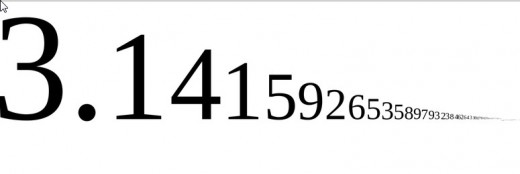
What is Your Favorite Branch of Mathematics
What area of math is your favorite?
Euler's Law: Relating Variables on the Complex Number Plane
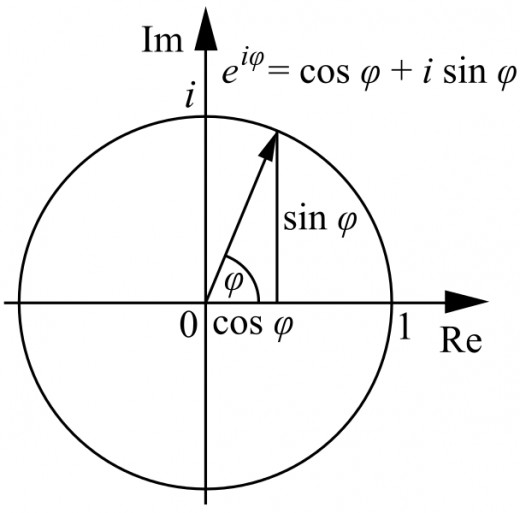
Wrap Up and What's Going to Follow
At this point you should have a little more understanding of numbers. We gave a definition of irrational numbers and distinguished them from those numbers which are not merely irrational but transcendental and noted that not all irrational numbers are transcendental.
Our final diagram just gives a hint at how "connected" values such as e, i, and π. In a future hub we will look at these values and their interrelationships further.






